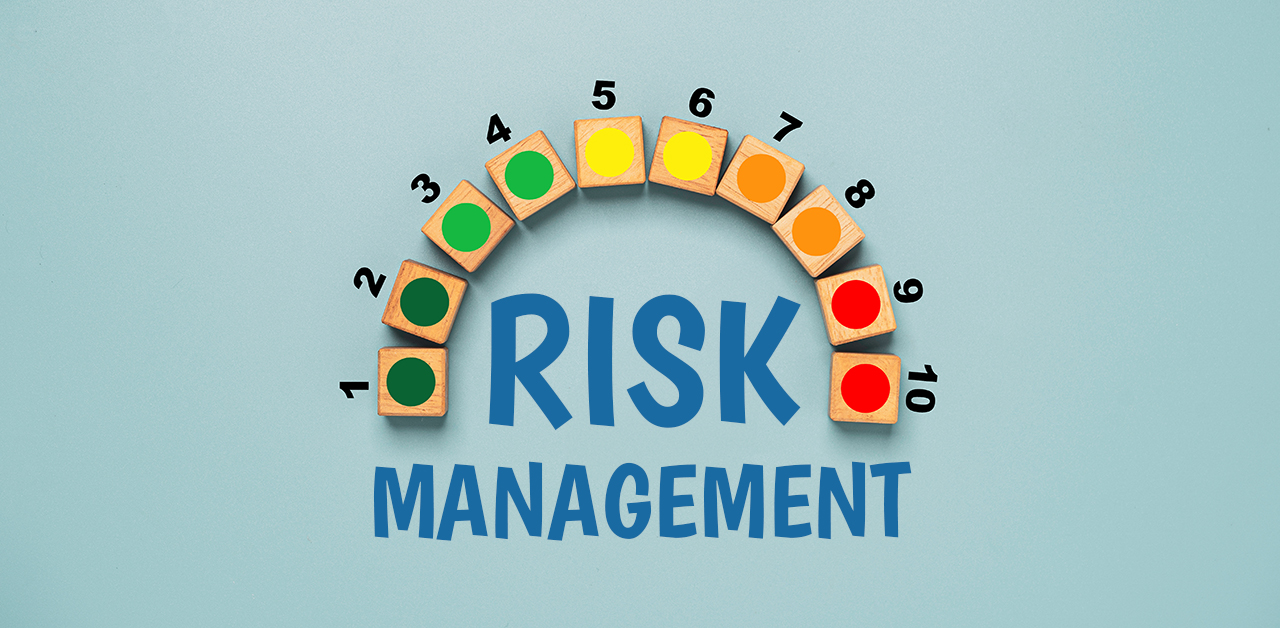The rise of smart technology has brought the term “Internet of Things” into common use. It may sound like something out of a paperback sci-fi novel. To a growing number of people in the tech industry, however, it is a revolution in how we perceive and interact with technology.The Internet of Things raises some alarming concerns over data security and privacy. Industry professionals must prepare to accommodate shifting data security needs within these systems. They must educate consumers about what they can do to protect their digital identity when anyone can manipulate smart technology.
The Rise of Digital Consumer and Institutional Ecosystems
The Internet of Things already has
traction on the consumer level. Car2Go, FitBit, Apple watch, Amazon Echo, and countless other products are connecting everyday tasks and home operations. They form a virtual nervous system based in cloud storage. Devices can monitor themselves, and the data they collect automates routine tasks that humans once fulfilled.Smart technology is implicitly headed toward a future where entire human ecosystems rely on
data-driven, cloud-based management networks. They will encompass health, home, industry, infrastructure, and transportation. Data collected from every connected person and entity will streamline operations ranging from employee management to public records and currency systems.
A Change in Data Security Risks
Smart cities, homes, and buildings are at a tipping point where the likelihood of
total immersion within the next decade is high. However, numerous IT professionals have
trepidations about jumping head-first into an entirely connected world. Data security loopholes can lead to breaches, hacks, and sabotage. Safeguards
aren’t sophisticated enough yet to compensate for the rapid growth of a smart system where computers would
outnumber humans three to one.As the Internet of Things approaches the point it’s been building up to for decades, it’s essential that the tech industry focuses on securing any vulnerabilities. With so much data at stake data security must be redefined in accordance with this shift toward an embedded system. Developers must establish these securities from the beginning rather than retrofit them after the fact.
Cloud Computing and Data Security: Hacks, Breaches, and Data Loss
Cloud computing carries an inherent risk for accidental and malicious alterations or losses by the service provider, or by third-parties breaching the data themselves. Data leaks are also a potential threat, since data for multiple customers may exist on the same server. While the data industry is responding to these data security vulnerabilities, there are
numerous avenues for hacking into private systems.Even more frighteningly, researchers have also found multiple routes for gaining control over individual consumers through home smart systems. A team from One World Lab
hacked a smart stove, granting access to every facet of the stove owner’s digital life. They quickly compromised his laptop, garage door, car, and workplace computer system. There are also concerns for hackers on airlines, where there is
potential for overwriting codes on navigation systems and shutting down operations.
ITAD Vendors Must Respond to Increased Needs for Data Security
With the rise in security risks, IT asset disposition and management services must shift their ITAD approaches. Bulk recycling and destruction of hard drives was once commonplace, now ITAD vendors must treat each piece of hardware with great care. Meticulous hard drive wiping requires top-quality software and a precise system of auditable reporting and logging to track each piece of equipment. Data that may remain within the network cloud or other possible information caches require special attention.Furthermore, companies will likely have a much larger fleet of equipment in the future as electronic devices begin outnumbering humans. A sophisticated system must be in place to ensure ITAD specialists are
maximizing data security.
Preparation is Key
In the adolescence of the Internet of Things, there will be an uncomfortable transition. We will move from a world of humans directly using technology to a world of technology interlaced with humans. For better or worse, this is a fast-approaching reality. The tooth-and-nail fight for data security may be an ongoing process that can never rest easy. Fortunately, industry leaders are on alert.


